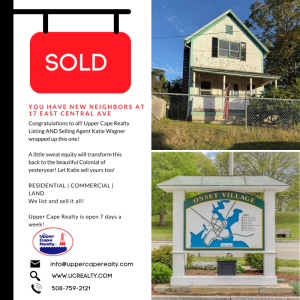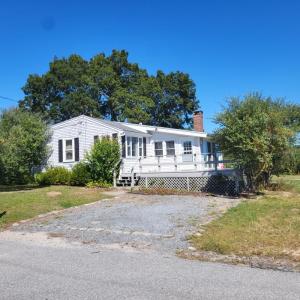Mattapoisett engineer solves NASA, coronavirus problems
Story Location
United States
MATTAPOISETT — Frances Kearns grew up with scientists for parents and with a healthy respect for science fiction — she even did her senior thesis on modernizing the prosthetic in Star Trek.
Now, she works as a biomedical engineer and specializes in risk management,dealing with problems ranging from NASA quality assurance to ventilator support amid the coronavirus pandemic.
Kearns’ father has a doctorate in chemistry, and her mother a doctorate in informational technology. Her family lived in New Bedford, and from an early age, her father would take her to the lab with him. When he eventually worked for Polaroid, she would attend events with him too.
“Science was always a part of my life,” Kearns said.
So she enrolled in Worcester Polytechnic Institute at a time when it was just beginning its undergraduate program in biomedical engineering, a decision she said was exciting because she “got to try a little bit of everything.”
Kearns graduated in 2002, and stayed in the Worcester area until she met her husband and moved back to New Bedford.
She was first introduced to risk assessment when she was hired as a quality engineer for Essilor, a French company that makes lenses for eyeglasses. There, she learned how to do risk assessment in designing eyeglasses so they wouldn’t injure their wearer, and in manufacturing them to increase the production yield.
At a later position, she got to work on a connector that NASA uses in multiple contexts, resolving some issues with the part and analyzing her solution to be sure it did not introduce any further problems and that the part would hold up to wear and tear in space.
“I never thought I would get to work with NASA stuff, or that stuff I worked on is floating above our heads right now,” Kearns said.
Over the years, she has learned that risk assessment has to do with attention to detail and challenging preconceived notions.
She later pursued a Master of Science degree and moved to Mattapoisett after 10 years in New Bedford. She and her husband chose Mattapoisett because they found it “the ideal community to raise our family.” She has two children, Jazmin aged 10, and Thomas aged 9. Her husband, another Thomas, is also an engineer and works for a defense contractor in the aerospace and military industry. Kearns was just elected to the Old Rochester Regional School Committee.
Now, she works for Philips Healthcare, a Cambridge-based company that tackled the issue of how to set up and maintain ventilators in New York at the height of the virus.
Kearns never expected to work in a critical pandemic situation, but is now grateful that she “had time to learn some of the techniques in a slower pressure environment,” such as Essilor.
Years later, in a crisis, Kearns doesn’t have that time and “has to make those decisions now” to bring a product to market in two weeks.
During the crisis, her company did not have enough ventilator technicians or protective equipment. They also had to service and repair equipment remotely instead of sending technicians to hospitals.
With rising cases in Florida, Texas and Arizona, she feels that her team at Philips was able to work through some of the major issues and should “be able to act better and quicker.”
Although she said it is scary, she added it is “a great time for engineers to step up to the plate,” and be inventive with solutions
































